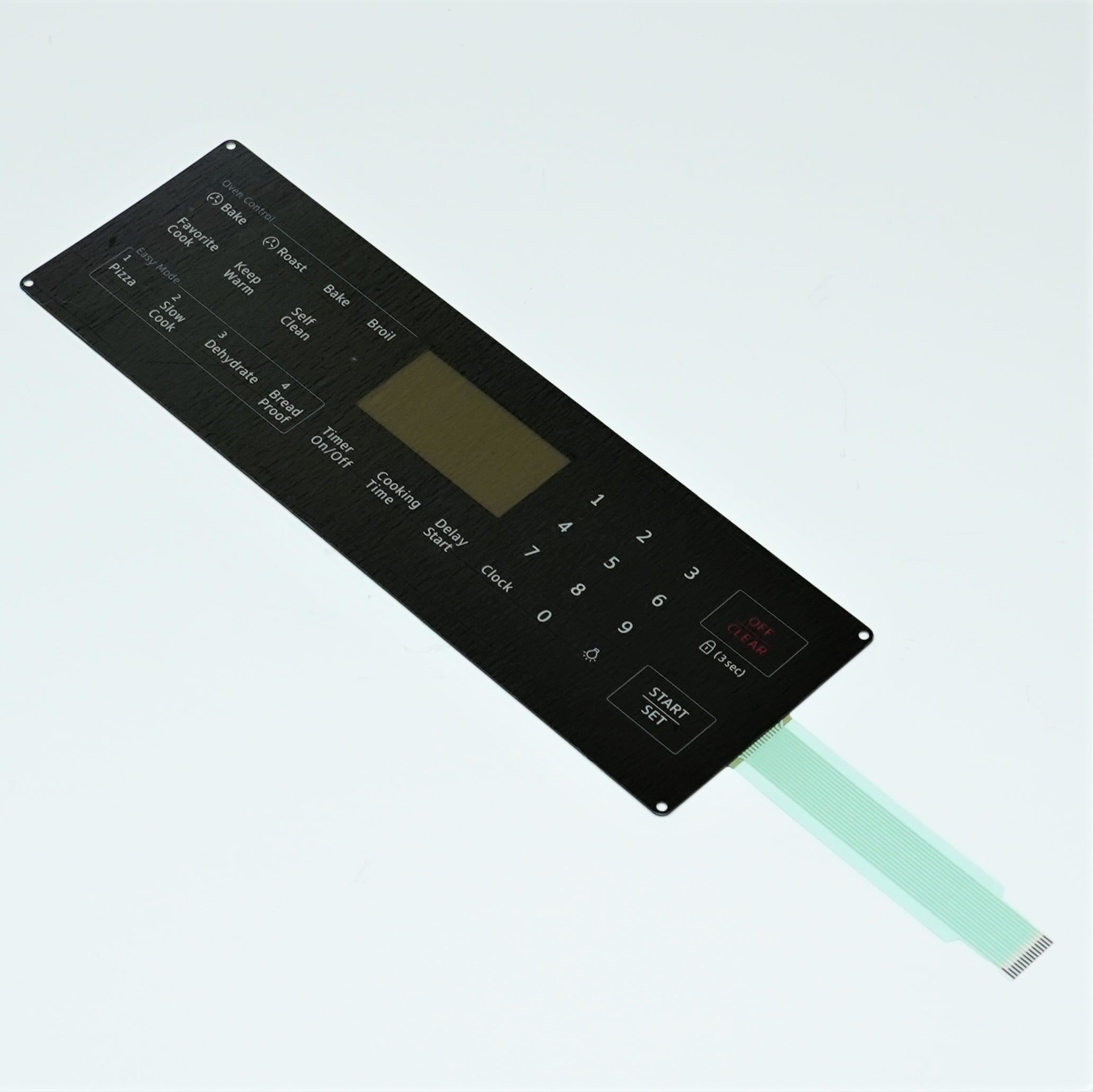Understanding Membrane Layer Changes: The Trick to Reputable and resilient Controls

What Are Membrane Layer Switches?
Membrane layer buttons are an advanced option in the realm of individual interface innovation, combining performance and design seamlessly. These gadgets offer as an interface between individuals and electronic systems, integrating a number of components right into a small layout. Normally constructed from adaptable, thin layers of products, membrane layer switches are made to respond to touch, making it possible for customers to interact with equipment and electronic gadgets properly.
The main aspects of a membrane layer switch include a printed circuit layer, visuals overlay, and a spacer layer that prevents unintentional activation. The visuals overlay can be personalized to show brand name identification or user choices, improving aesthetics while guaranteeing usability. Membrane switches are commonly utilized in various applications, consisting of medical devices, customer electronics, and commercial devices, owing to their resilience and resistance to ecological aspects such as dampness and dust.
Among the key advantages of membrane layer buttons is their ability to withstand wear and tear, making them optimal for high-traffic settings. Furthermore, they are light-weight and require very little space, enabling ingenious layouts in product advancement. Generally, membrane layer changes represent a practical and effective selection for contemporary electronic interfaces, weding technology with user-centric layout concepts.
Just How Membrane Layer Switches Over Job
The operation of membrane layer switches over joints on a simple yet reliable mechanism that equates individual input into electronic signals. When an individual presses the switch, the leading layer warps, allowing a conductive component in the circuit layer to make contact with an equivalent conductive pad on the underside of the graphic overlay.
The style of membrane layer switches can differ, however they usually incorporate domes or tactile elements to provide comments to the individual, improving the overall experience - membrane switch. The materials used in membrane buttons, such as polyester or polycarbonate, add to their toughness and resistance to environmental variables, including moisture and dust. Moreover, the printed circuits are normally encapsulated, which shields them from damage over time.
Advantages of Membrane Layer Switches
In addition, membrane buttons are understood for their durability. Built from robust products, they are immune to dirt, moisture, and physical wear, which considerably prolongs their life-span contrasted to standard mechanical buttons. This durability makes them specifically ideal for high-traffic settings and applications requiring long life.
An look here additional significant advantage is the simplicity of cleansing and maintenance. The smooth surface area of membrane layer changes decreases dirt accumulation and is often resistant to spills, making them excellent for setups that require regular sanitization.
Furthermore, membrane layer buttons offer a streamlined profile, bring about a thinner style that can be integrated into numerous tools without including mass. This attribute not just enhances the aesthetic appeal but likewise adds to an extra ergonomic item style.
Applications of Membrane Switches
Versatile and straightforward, membrane layer switches locate applications across a wide variety of industries, consisting of medical devices, consumer electronics, and industrial tools. In the clinical field, these switches are important to devices such as analysis tools, patient surveillance systems, and mixture pumps, where dependability and ease of cleansing are important. Their capacity to hold up against extreme environments and keep capability makes them perfect for such applications.

In customer electronic devices, membrane layer switches are utilized in products like microwaves, washing devices, and remote controls - membrane switch. Their streamlined style enables instinctive individual interfaces, boosting the general customer experience while providing durability and resistance to tear and wear
Commercial tools also takes advantage of membrane layer buttons, specifically in control panels for machinery and automation systems. These switches supply protection versus dust and moisture, guaranteeing consistent performance in challenging settings. Moreover, their customizable features enable makers to tailor them to particular operational needs, enhancing effectiveness and capability.
Selecting the Right Membrane Layer Switch
When selecting a membrane layer switch, it is vital to think about different factors that influence performance and suitability for particular applications. The main considerations include ecological problems, tactile comments, sturdiness, and design specifications.
First, analyze the operating setting; buttons subjected to wetness, chemicals, or extreme temperatures require details materials to ensure durability and capability. Next, examine the need for responsive responses. Depending upon individual interaction, some applications may take advantage of a responsive action to validate activation, while others might like a non-tactile design for visual reasons.
Longevity is another vital factor; membrane switches need to be developed to withstand constant use, impacts, and abrasion. Ensure the selected switch can sustain the expected lifecycle, especially in high-usage scenarios.

Verdict
In verdict, membrane switches serve as vital parts in the layout of dependable and durable control systems throughout various sectors. The convenience of membrane switches over enables for customized solutions that meet certain functional demands, enhancing their relevance in modern technology.
Membrane layer switches represent a critical facet of contemporary user interface sites design, mixing performance with strength in numerous applications.Membrane switches are an innovative solution in the realm of customer interface modern technology, incorporating functionality and layout seamlessly. Normally created from versatile, slim layers of products, membrane buttons are created to react to touch, allowing individuals to interact with equipment and electronic tools efficiently.
The design of membrane layer switches can vary, however they typically integrate domes or responsive elements to offer feedback to click for source the user, boosting the general experience.In conclusion, membrane layer switches serve as necessary elements in the design of durable and reliable control systems throughout numerous markets.